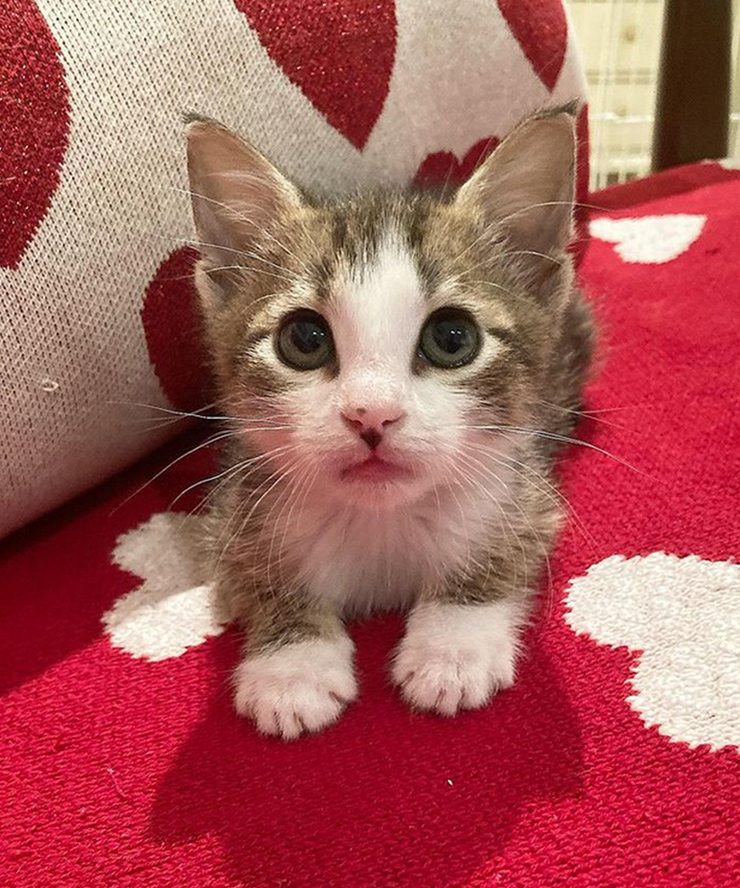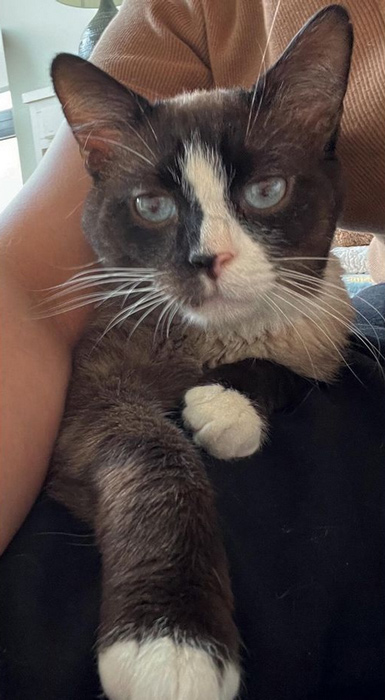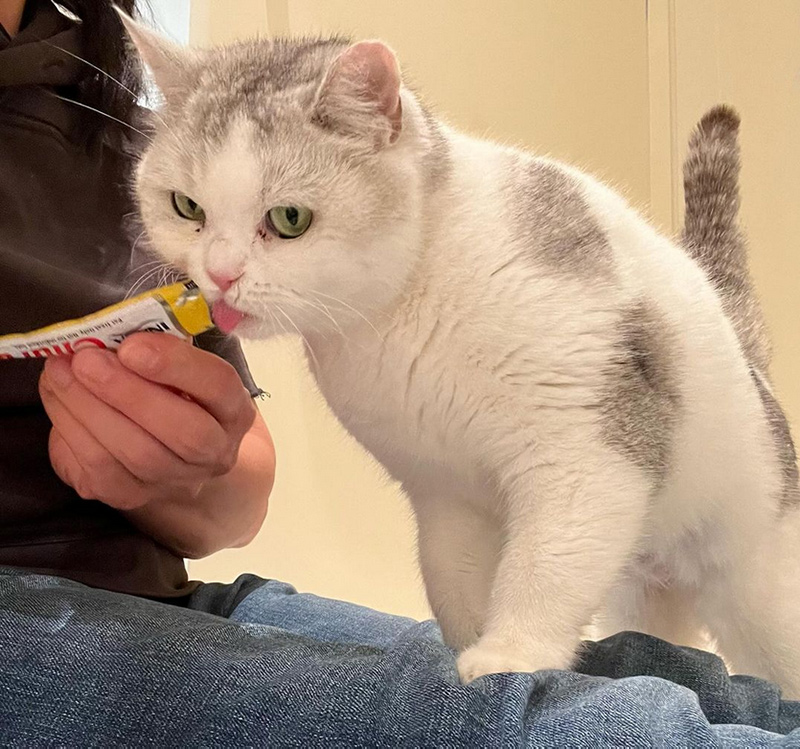
[ad_1]
 Besides being the month of love, hearts, and roses, February is also Responsible Pet Owners Month. And although it’s the shortest month of the year — even in a leap year —it’s full of reminders about how best to care for our animal companions. The most important of all these reminders is about spay/neuter because you cannot be a responsible pet person without supporting spay/neuter.
Besides being the month of love, hearts, and roses, February is also Responsible Pet Owners Month. And although it’s the shortest month of the year — even in a leap year —it’s full of reminders about how best to care for our animal companions. The most important of all these reminders is about spay/neuter because you cannot be a responsible pet person without supporting spay/neuter.
I have to admit I feel sorry for people who have never loved a pet. For me, this relationship is just so incredibly precious. The affinity I feel for animals enriches my life in ways that surprise and move me. This unique relationship is called the “human-animal bond,” which the American Veterinary Medical Association defines as “a mutually beneficial and dynamic relationship between people and animals that is influenced by behaviors considered essential to the health and well-being of both.”
This definition might seem a little clinical, but by stressing the fact that it benefits both human and nonhuman animals it really hits home for me. I believe that being responsible for the animals in our lives is both a task and an honor. And the single most important thing we can do for all pets, our own and those around the world, is support spay/neuter in every way we can.
So, it makes sense that besides being Responsible Pet Owner Month, February is also National Spay/Neuter Awareness Month, with World Spay Day on February 27 (always the last Tuesday of February.) I’ve talked about this issue often, but I don’t think I could ever overemphasize its importance. After all, the only reason we have “no-kill” shelters is because, for decades, the only answer to pet overpopulation in the United States was euthanasia, which was usually performed in the most brutal ways. It makes me sick that the horrific gas chamber is still used in three states: Ohio, Missouri, and Wyoming. (If you live in those states, please advocate for the end of this barbaric practice. Utah banned it just last year.)
Today, of course, there are humane alternatives, but I know you’ll agree that no healthy pet should be put to death for lack of a home. Still, the fact remains that millions of animals enter shelters each year and there are simply too few adopters to meet the demand, and that is tragic!
Last week I did a Zoom call with a class of second graders to talk about my rescue work. One little boy asked me what happens when shelters get too full and have no room for more. It was heartbreaking to have to tell him what euthanasia means and how most municipal shelters still have to do this. You should have seen the horrified looks on the children’s faces. Educating children about spay/neuter is so very important.
Not only does spay/neuter prevent unwanted births, but it also provides many health and behavioral benefits. I realize I’m preaching to the choir and you’ve already done the right thing and “fixed” your pets. But your ability to affect change doesn’t end there. Last February I wrote a lot about what you can do to educate others about spay/neuter. So, at the risk of repeating myself, I’m going to, well…repeat myself! Here are a few ways you can save lives and spare animals great suffering:
- Use your social media to spread the word. We’ve never before had such a powerful tool at our disposal. Every time you post, include a spay/neuter message and make that message positive and respectful. It can be as simple as a hashtag. #spayneuter Or you could explain that spay/neuter is a safe, commonplace procedure. Say why you spayed/neutered your pets. Let people know that spay/neuter drastically reduces pet overpopulation, saves lives, prevents suffering, helps pets live longer, healthier lives, and reduces stresses on the environment while saving taxpayer dollars.
- Support local low-cost spay/neuter programs. Almost all communities offer programs to help people afford spay/neuter. When you visit North Shore Animal League America’s fantastic SpayUSA.org, you’ll discover a network of nearly 2,000 affordable programs and clinics nationwide. So, do some research and find out how you can help your local program. Many rely on volunteers to pass out flyers, visit schools, network through social media, and help coordinate appointments. And most also need donated items and financial support.
- Support local trap/neuter/vaccinate/return programs (TNVR). These programs help manage feral (“community”) felines. Volunteers humanely trap these cats, who live together in what we call colonies, and bring them to a veterinary clinic where they are spayed/neutered, vaccinated for rabies, and “ear-tipped,” to indicate they’re “fixed.” They’re then returned to the colony. While caring for these cats, volunteers often discover that many “ferals” are actually “friendlies,” strayed or dumped housecats who are ready for adoption. Like spay/neuter programs, TNVR groups need volunteers and donations. Animal League offers various kinds of support for TNVR efforts through their SpayUSA program, including how to get funding to support a feral colony in your area, the benefits of spay/neuter for your pet, and other frequently asked questions.The more you know, the more effective your advocacy will be. Plus, flyers like the ones in this blog are available in both English and Spanish to download, reproduce, and use for free.
As I’ve said before, kittens are beautiful little miracles. But can you have too much of a wonderful thing? Yes(!), especially when you consider that an estimated 70 million (!!!) cats never even see the inside of a warm, safe shelter, living outdoors in harsh conditions and contributing endlessly to the breeding cycle.
 Let me tell you about a recent foster Klondike (right), a perfect example of why spay/neuter makes a difference. This gorgeous, friendly purebred Snowshoe kitty was found abandoned in a community colony. He was perfect but for one thing: “tomcat urine.” When an intact male cat reaches puberty, the super high levels of testosterone in his system make his urine smell absolutely awful, and most people can’t handle that smell in their homes. What do they do? They put the poor kitty outside. That’s probably what happened to Klondike. We had him neutered as soon as he joined my program, and just two weeks later, his urine no longer had that terrible scent and we found him a wonderful forever home. Another reason to neuter your male cat!
Let me tell you about a recent foster Klondike (right), a perfect example of why spay/neuter makes a difference. This gorgeous, friendly purebred Snowshoe kitty was found abandoned in a community colony. He was perfect but for one thing: “tomcat urine.” When an intact male cat reaches puberty, the super high levels of testosterone in his system make his urine smell absolutely awful, and most people can’t handle that smell in their homes. What do they do? They put the poor kitty outside. That’s probably what happened to Klondike. We had him neutered as soon as he joined my program, and just two weeks later, his urine no longer had that terrible scent and we found him a wonderful forever home. Another reason to neuter your male cat!
 Klondike and another foster, Butterfly Kisses (left), a young British Shorthair, were found in the same community colony where they’d been callously dumped. Poor Butterfly was very shut down and could not trust anyone. But with time, patience, and Churu, she is coming out of her shell. Both Klondike and Butterfly are purebred kitties who were probably bought from breeders and then abandoned by their owners in the frigid New York weather. How cruel can one be?!
Klondike and another foster, Butterfly Kisses (left), a young British Shorthair, were found in the same community colony where they’d been callously dumped. Poor Butterfly was very shut down and could not trust anyone. But with time, patience, and Churu, she is coming out of her shell. Both Klondike and Butterfly are purebred kitties who were probably bought from breeders and then abandoned by their owners in the frigid New York weather. How cruel can one be?!
[ad_2]






